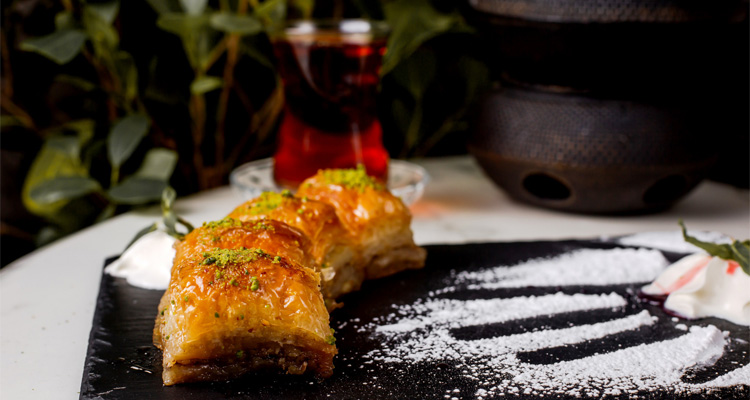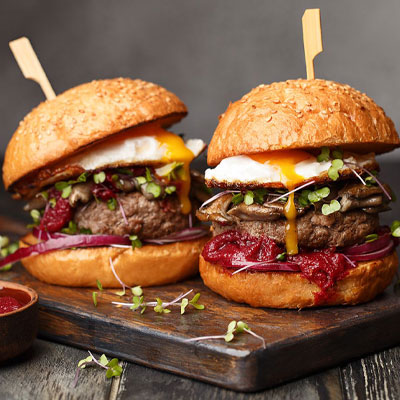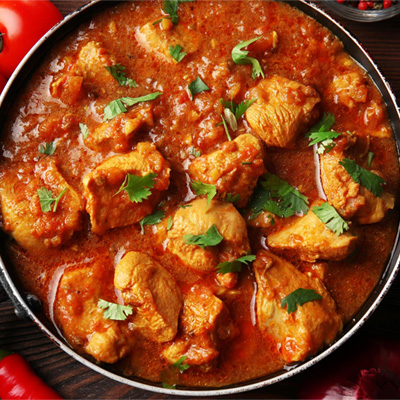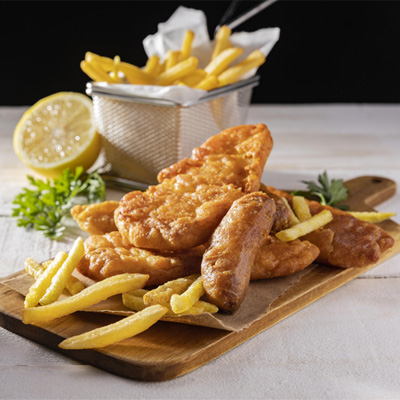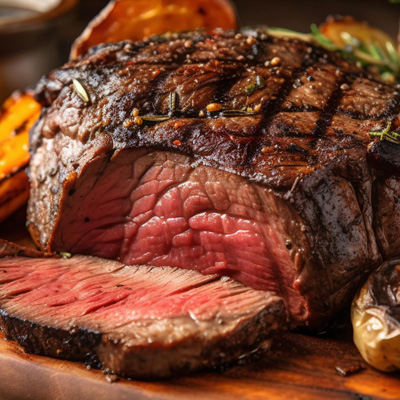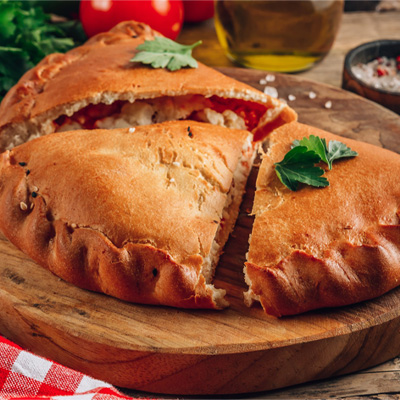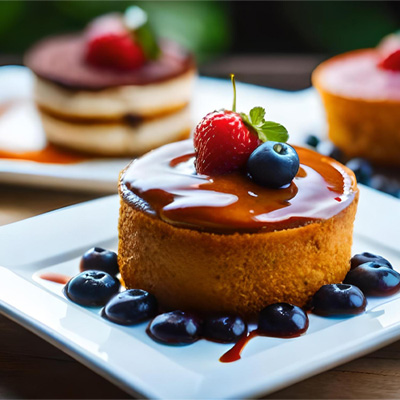Embark on a culinary adventure as we explore the delectable world of Baklava. This iconic dessert, celebrated for its layers of flaky pastry and rich, sweet filling, has enchanted food enthusiasts for centuries. Join us on a journey through time and taste as we unravel the origins, preparation techniques, and cultural significance of Baklava.
Nutrition Facts
- Kcal
280 - Fat
17 g - Choles
20 mg - Sodium
85 mg - Carbs
30 g - Fiber
2 g - Sugar
18 g - Protein
4 g
Note: The nutrition facts are approximate values and may vary based on the specific ingredients used and any additional toppings or syrups added.
Ingredients
- 1 pound phyllo dough, thawed if frozen
- 1 cup unsalted butter, melted
- 2 cups mixed nuts (such as walnuts, pistachios, and almonds), finely chopped
- 1 teaspoon ground cinnamon
- 1 cup granulated sugar
- 1 cup water
- 1/2 cup honey
- 1 teaspoon vanilla extract
- Zest of 1 lemon
- Zest of 1 orange
Directions
- Prepare the Nut Filling: In a bowl, mix the chopped nuts with ground cinnamon. Set aside.
- Prepare Syrup: In a saucepan, combine granulated sugar, water, honey, vanilla extract, lemon zest, and orange zest. Bring to a boil, then reduce the heat and simmer for 10 minutes. Remove from heat and let the syrup cool.
- Preheat Oven: Preheat your oven to 350°F (175°C).
- Assemble Baklava: Brush a 9x13-inch baking dish with melted butter. Place a sheet of phyllo dough in the bottom of the dish and brush it with melted butter. Repeat with 7 more layers of phyllo, brushing each layer with butter.
- Add Nut Mixture: Sprinkle a thin layer of the nut mixture over the phyllo. Add 4 more layers of phyllo, brushing each layer with butter, and adding nut mixture in between.
- Continue Layering: Repeat the process until all the nut mixture is used, finishing with a final layer of phyllo on top. Brush the top layer generously with melted butter.
- Cut into Pieces: Using a sharp knife, cut the baklava into diamond or square-shaped pieces.
- Bake: Bake in the preheated oven for 45 minutes, or until the baklava is golden and crisp.
- Pour Syrup: Remove the baklava from the oven and immediately pour the cooled syrup evenly over the hot pastry. Allow it to cool completely in the pan on a wire rack.
- Serve: Once cooled, carefully lift the pieces out of the pan. Baklava can be stored at room temperature in an airtight container for several days.
The History of Baklava
A Culinary Tapestry Through the Ages
Baklava's story traces back to ancient times, with its roots in the kitchens of the Byzantine Empire. As the empire expanded, so did Baklava, finding its way into the rich culinary traditions of various cultures, including the Ottoman Empire and the Middle East. Today, Baklava stands as a testament to the harmonious blending of diverse culinary influences.
Symbolism and Celebration
In many cultures, Baklava holds symbolic significance. Often associated with celebrations and special occasions, this delectable dessert embodies joy, prosperity, and the sweetness of life. It is a staple at weddings, festivals, and family gatherings, where its presence signifies warmth and hospitality.
Ingredients: Crafting the Perfect Baklava
Phyllo Dough: The Foundation of Flakiness
Central to Baklava's texture is phyllo dough, paper-thin layers that crisp up beautifully when baked. These delicate sheets, brushed with butter, form the airy, flaky structure that defines Baklava.
Nut Filling: A Symphony of Flavors
Baklava's filling typically comprises a mixture of finely chopped nuts, such as walnuts, pistachios, or almonds, blended with sugar and aromatic spices like cinnamon. This nutty concoction provides a satisfying crunch and a medley of flavors in every bite.
The Art of Making Baklava
Layering and Precision
Creating Baklava is an art that demands precision. Layers of phyllo dough are laid out, each one brushed with butter to ensure crispiness. The nut filling is generously spread between the layers, creating a symphony of textures. After baking to golden perfection, the Baklava is bathed in a fragrant syrup made with honey, sugar, water, and a hint of lemon juice, infusing it with sweetness and moisture.
Variations and Regional Twists
Baklava comes in various shapes and sizes, each region adding its unique twist. In Greece, it's often made with honey and cinnamon, while in Turkey, a touch of lemon is favored. Persian Baklava, known as "Baghlava," features a rosewater-infused syrup, adding a floral note to the dessert.
FAQs
Can Baklava Be Made Without Nuts?
Yes, Baklava can be made without nuts. You can substitute the nut filling with alternatives like sweetened cream cheese or semolina for a nut-free version.
How Long Does Baklava Stay Fresh?
When stored in an airtight container at room temperature, Baklava stays fresh for about 1 to 2 weeks. Refrigerating it can extend its shelf life up to a month.
Is Baklava Gluten-Free?
Traditional Baklava is not gluten-free due to the wheat-based phyllo dough. However, gluten-free versions can be made using gluten-free phyllo dough or alternative pastry options.
What Drinks Pair Well With Baklava?
Baklava pairs wonderfully with strong coffee, such as Turkish or Greek coffee, or with a refreshing cup of mint tea. The contrast of flavors enhances the overall experience.
Can Baklava Be Frozen?
Yes, Baklava can be frozen for up to six months. Ensure it is tightly wrapped in plastic wrap and placed in an airtight container to maintain its freshness and flavor.
Why Is Baklava Served on Special Occasions?
Baklava's rich and indulgent nature makes it a perfect choice for celebrations. Its presence signifies sweetness, abundance, and the joy of sharing good moments with loved ones.
Conclusion
As we conclude our sweet journey through the layers of Baklava, we invite you to indulge in the exquisite flavors and textures of this time-honored dessert. Whether enjoyed during festivities or savored as a treat for yourself, Baklava encapsulates the essence of culinary artistry and cultural heritage. Embrace the sweetness of tradition and create memorable moments with each heavenly bite of Baklava. Kali Oreksi! (Good appetite!)
